
 Japanese Traditional Dress and Adornment.
Japan, an archipelago consisting of four principal islands situated off the east coast of the Asian mainland, was a relative latecomer in terms of both receiving from the outside and nurturing at home a rich and sophisticated material culture.
Japanese Traditional Dress and Adornment.
Japan, an archipelago consisting of four principal islands situated off the east coast of the Asian mainland, was a relative latecomer in terms of both receiving from the outside and nurturing at home a rich and sophisticated material culture.
 Whereas ample archaeological evidence exists in China of extant garments, ceramic sculptures, and tomb paintings, giving a credible view of Chinese costume history across several centuries before the advent of the Common Era, a verifiable history of Japanese dress does not begin until the eighth century C.E.
Whereas ample archaeological evidence exists in China of extant garments, ceramic sculptures, and tomb paintings, giving a credible view of Chinese costume history across several centuries before the advent of the Common Era, a verifiable history of Japanese dress does not begin until the eighth century C.E.
 Speculative Early History of Japan.
Apart from its indigenous peoples, Japan was populated by successive waves of immigrants from China, Korea, Southeast Asia, Central and North Asia, and possibly Polynesia. Native textile fibers were processed from the inner bark of trees and plants, and weaving was done on a backstrap loom. Textile technology continually advanced as the result of immigration, with the production of silk presumably established by the third century. Silk remains the fiber of choice for traditional Japanese dress.
Speculative Early History of Japan.
Apart from its indigenous peoples, Japan was populated by successive waves of immigrants from China, Korea, Southeast Asia, Central and North Asia, and possibly Polynesia. Native textile fibers were processed from the inner bark of trees and plants, and weaving was done on a backstrap loom. Textile technology continually advanced as the result of immigration, with the production of silk presumably established by the third century. Silk remains the fiber of choice for traditional Japanese dress.
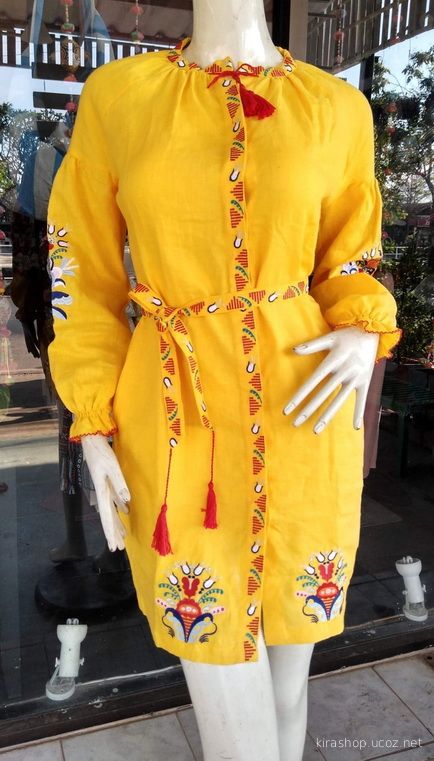
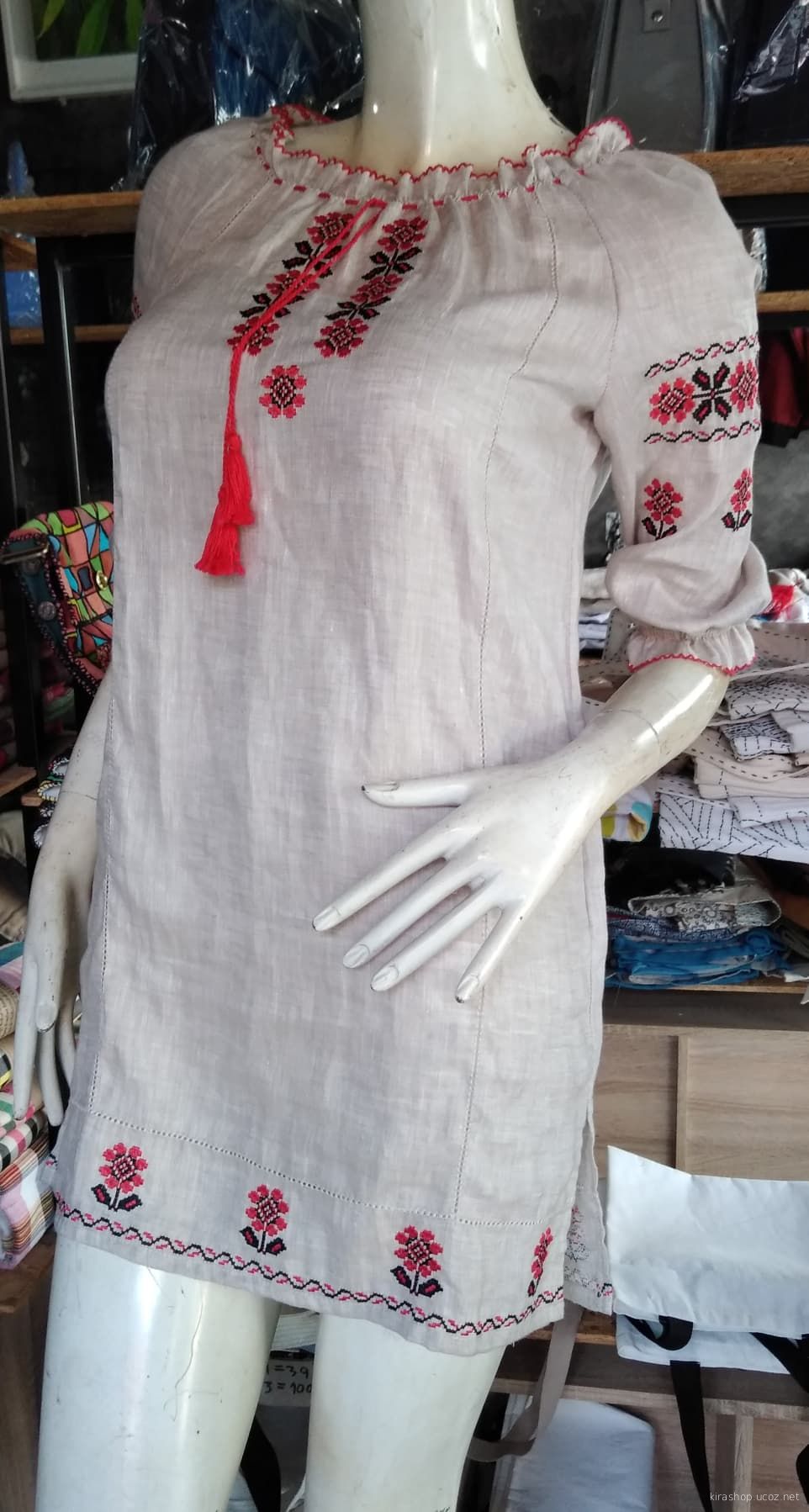 The archaeological record in Japan yields little in the way of human imagery until the fifth century C.E. Prior to that time representations of stick figures found on pottery shards and bronze bells allow for the hypothesis that a long tunic-like garment, belted at the waist, may have been a common form of dress. In the fifth and sixth centuries, large quantities of haniwa, terra-cotta tomb sculptures, were produced for important burials.
The archaeological record in Japan yields little in the way of human imagery until the fifth century C.E. Prior to that time representations of stick figures found on pottery shards and bronze bells allow for the hypothesis that a long tunic-like garment, belted at the waist, may have been a common form of dress. In the fifth and sixth centuries, large quantities of haniwa, terra-cotta tomb sculptures, were produced for important burials.
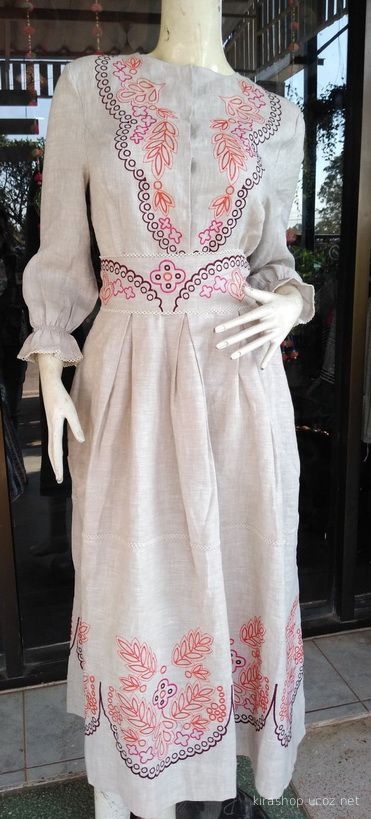
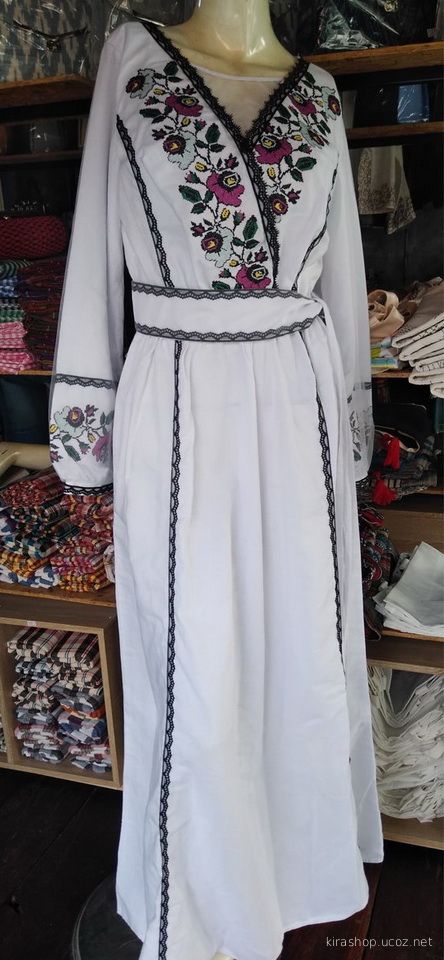 Male figures are often depicted wearing tight, body-hugging, long-waisted jackets flared at the sides with long tubular sleeves and baggy pants secured with ties just above the knees. Such garb is reminiscent of the practical wear of horse-riding, nomadic steppe peoples from the Asian mainland.
Male figures are often depicted wearing tight, body-hugging, long-waisted jackets flared at the sides with long tubular sleeves and baggy pants secured with ties just above the knees. Such garb is reminiscent of the practical wear of horse-riding, nomadic steppe peoples from the Asian mainland.
 The horsemen required full mobility of arms and legs to guide their mounts and tightly fit garments for warmth in the cold, wind-swept northern latitudes. Loose-fitting, wide-sleeved, floor-length Chinese robes, the other dominant elite mode of dress on the continent, were the antithesis of this kind of nomadic clothing.
The horsemen required full mobility of arms and legs to guide their mounts and tightly fit garments for warmth in the cold, wind-swept northern latitudes. Loose-fitting, wide-sleeved, floor-length Chinese robes, the other dominant elite mode of dress on the continent, were the antithesis of this kind of nomadic clothing.
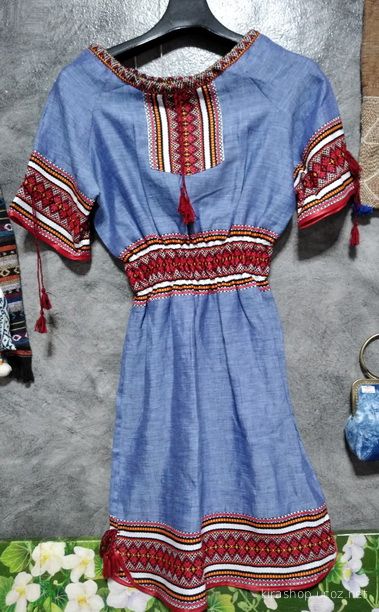
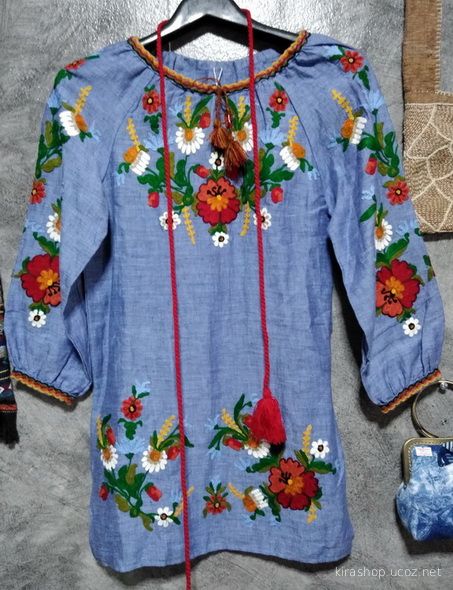
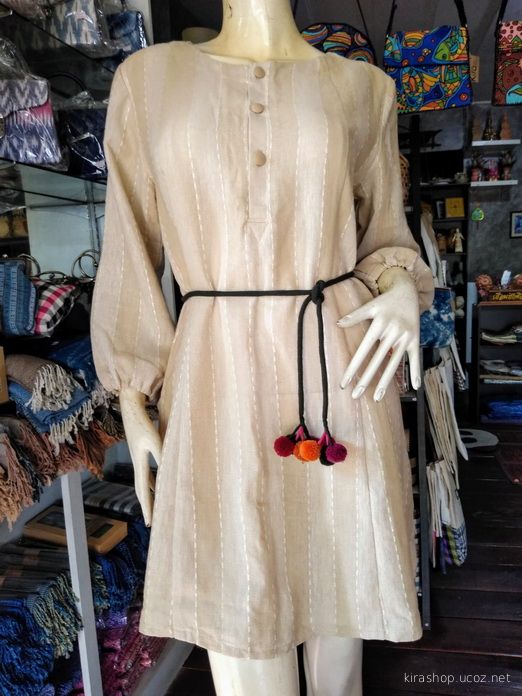 Typical female haniwa figures wear an upper garment resembling the men's jacket and a skirt, rather than trousers. It is important to note that haniwa jackets tend to be fastened in a sequence that places the right front panel over the left panel, after which the ties are secured at the right side of the jacket. This was considered a barbaric practice by the Chinese, whose robes were closed left side over right. Japanese dress was to mimic the Chinese mode in this and in other ways soon thereafter.
Typical female haniwa figures wear an upper garment resembling the men's jacket and a skirt, rather than trousers. It is important to note that haniwa jackets tend to be fastened in a sequence that places the right front panel over the left panel, after which the ties are secured at the right side of the jacket. This was considered a barbaric practice by the Chinese, whose robes were closed left side over right. Japanese dress was to mimic the Chinese mode in this and in other ways soon thereafter.
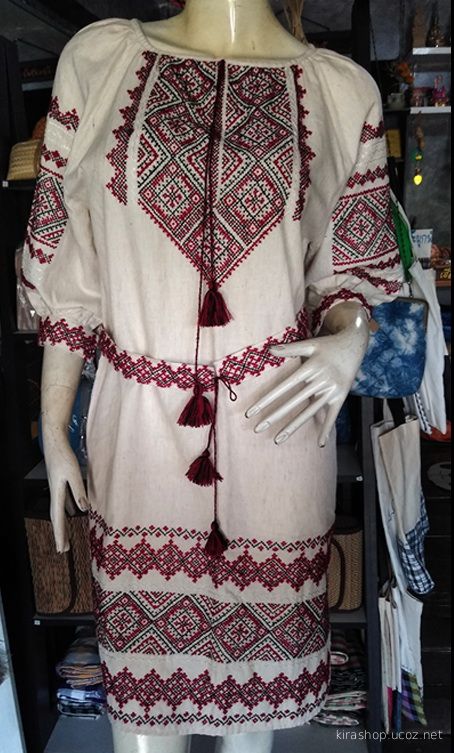
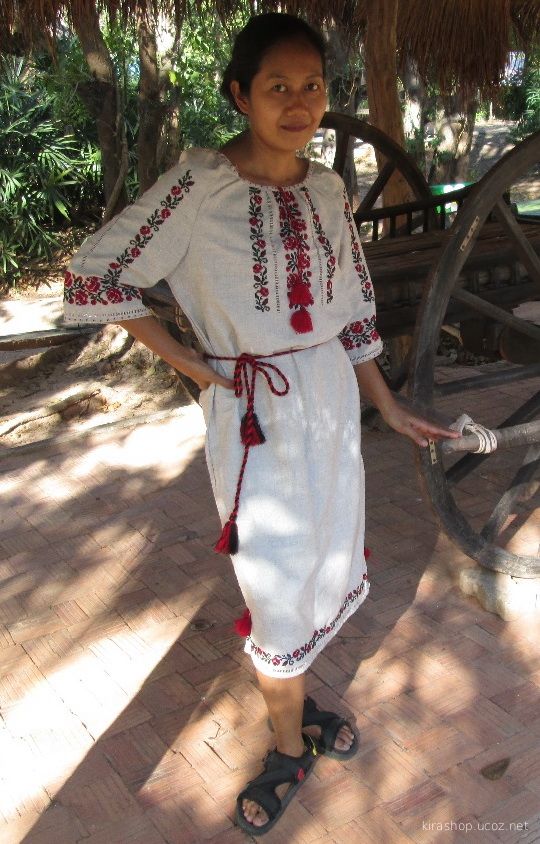
It is doubtful that haniwa dress was widespread in Japan during the fifth and sixth centuries. Such dress would not be suitable for Japan's long months of warm and humid weather, and a life on horseback would have been unlikely in mountainous Japan. Judging from the large number of extant haniwa horse figures, a horse-riding elite may well have established itself in Japan during this period, perhaps after an incursion from the Asian mainland, but their way of dressing was not to prevail.
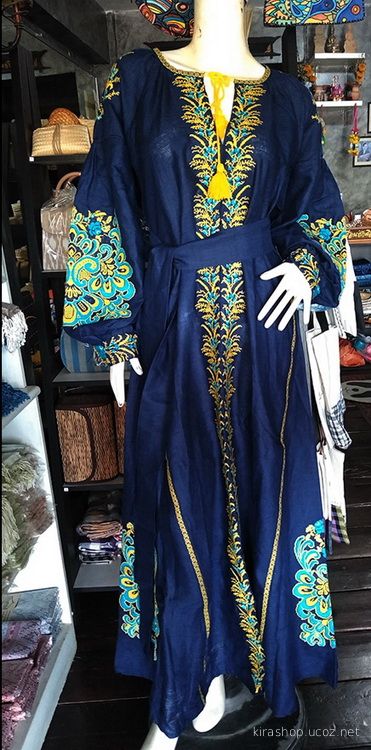
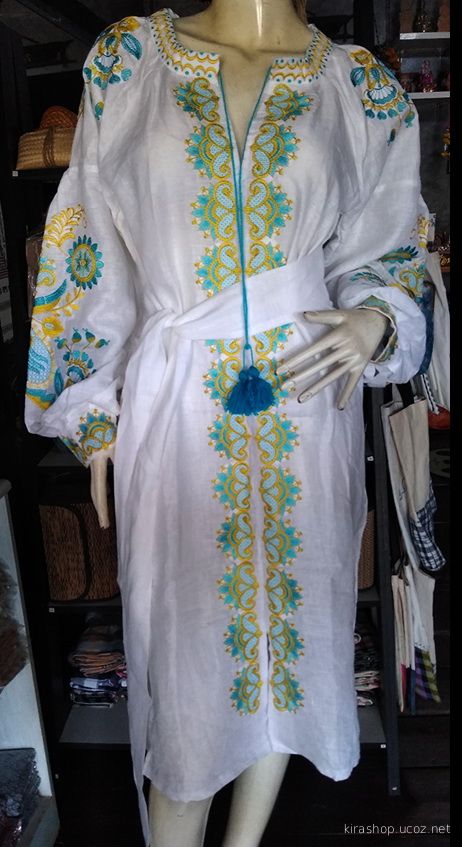
Asuka and Nara Periods.
The year 552 is considered the official date for the introduction of Buddhism in Japan and marked the first year of the Asuka period (552-710). Buddhism had its origins more than a thousand years earlier in India, spread to China by the beginning of the Common Era, and finally reached Japan by way of Korea. One of the important cultural advances that arrived with Buddhism was literacy. The Japanese employed the Chinese writing system based on ideograms.
Japan's native religion, Shintoism, coexisted with Buddhism, in keeping with a continuous theme in Japanese history of borrowing from the outside while preserving the most valued native traditions and ultimately transforming foreign ways into something uniquely Japanese.
The history of Buddhist dress in Japan, as embodied in the religion's principal ritual garment, a patchwork mantle (kesa), illustrates the theme of importation and adaptation. Kesa are among the oldest extant garments in Japan. As the physical manifestation of Buddhist teachings, examples were brought from the Asian mainland in order to aid in the implantation of the religion on Japanese soil. In later times, certain kesa tested the limits of the garment's parameters in a uniquely Japanese way.
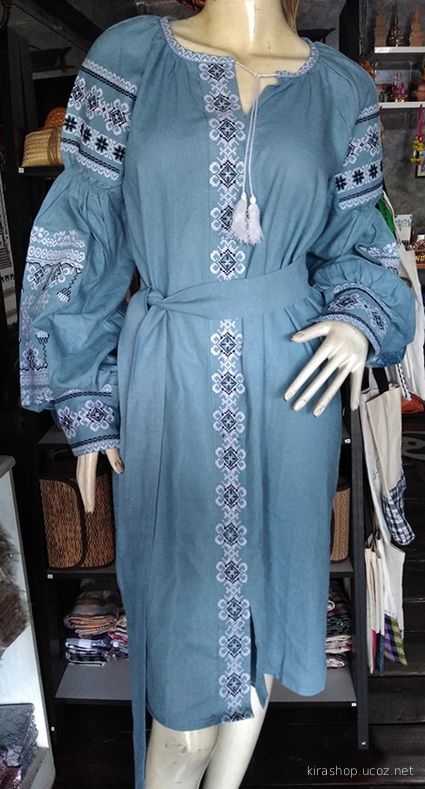 Another early group of costumes in Japan were used during performances and ceremonies commemorating an enormous bronze Buddha completed in 752, midway through the Nara period (710-794). Dignitaries from various Asian countries came to Nara, then the capital of Japan, to attend. These costumes, along with most of the early kesa, have been preserved in the famous temple storehouse known as the Shôsôin.
The Shôsôin performance wear is mostly left-closing and includes both knee-length sleeveless vests and long-sleeved full-length robes. Collars are either narrow and round or V-neck, with front panels that either abut or overlap. Both figural and geometric decorations, in either woven or dyed patterns, are part of the rich legacy of this diverse group of silk robes. Also included are trousers and accessories such as leggings, socks, shoes, and aprons.
Another early group of costumes in Japan were used during performances and ceremonies commemorating an enormous bronze Buddha completed in 752, midway through the Nara period (710-794). Dignitaries from various Asian countries came to Nara, then the capital of Japan, to attend. These costumes, along with most of the early kesa, have been preserved in the famous temple storehouse known as the Shôsôin.
The Shôsôin performance wear is mostly left-closing and includes both knee-length sleeveless vests and long-sleeved full-length robes. Collars are either narrow and round or V-neck, with front panels that either abut or overlap. Both figural and geometric decorations, in either woven or dyed patterns, are part of the rich legacy of this diverse group of silk robes. Also included are trousers and accessories such as leggings, socks, shoes, and aprons.
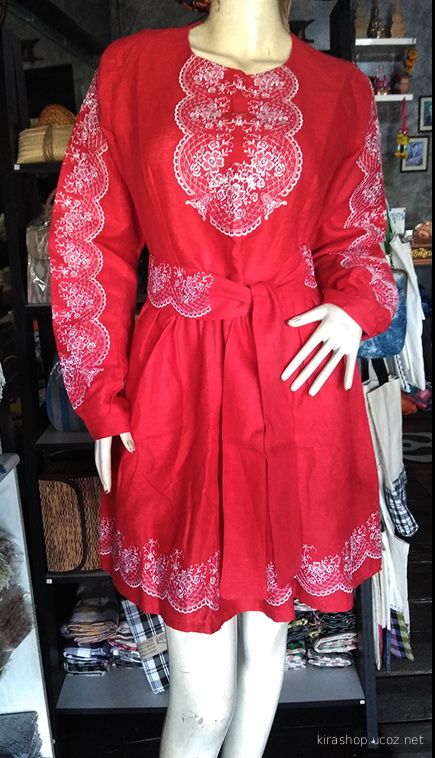
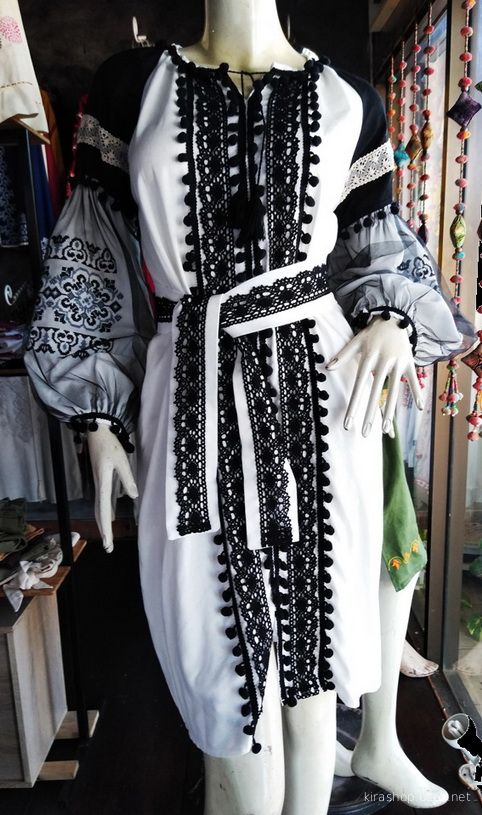
The Shôsôin costumes are very likely representative of diverse types of Asian dress then in use, and any number of them may well have been made outside of Japan. In later Japanese traditional dress, several of these early modes of clothing were to be reflected in the costumes of the No theater.
According to period documents, dress at Japan's imperial court followed that of China's at this time, with rank indicated by color.
 Contemporary pictorial representations depict both male and female courtiers in long flowing robes with voluminous sleeves ample enough in length to cover the hands. A characteristic of male dress was a close-fitting, narrow, round collar, while female dress featured wide front panels that overlapped in the left-over-right sequence. Women's court dress also included one or more underrobes that closed in the same manner.
Contemporary pictorial representations depict both male and female courtiers in long flowing robes with voluminous sleeves ample enough in length to cover the hands. A characteristic of male dress was a close-fitting, narrow, round collar, while female dress featured wide front panels that overlapped in the left-over-right sequence. Women's court dress also included one or more underrobes that closed in the same manner.
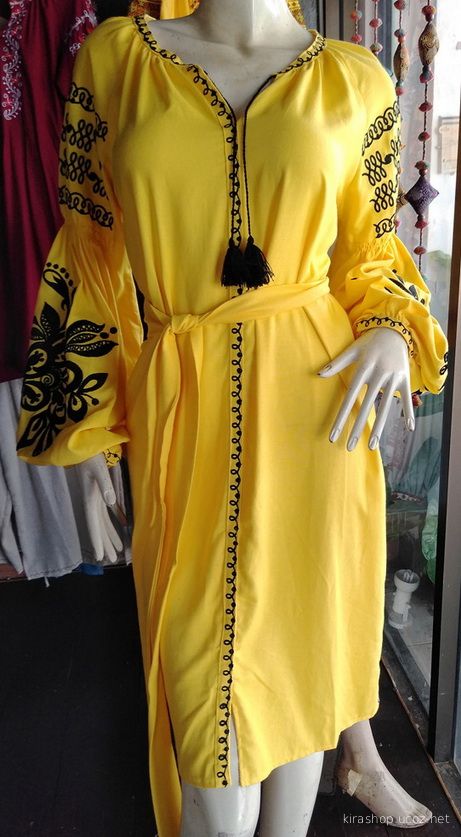
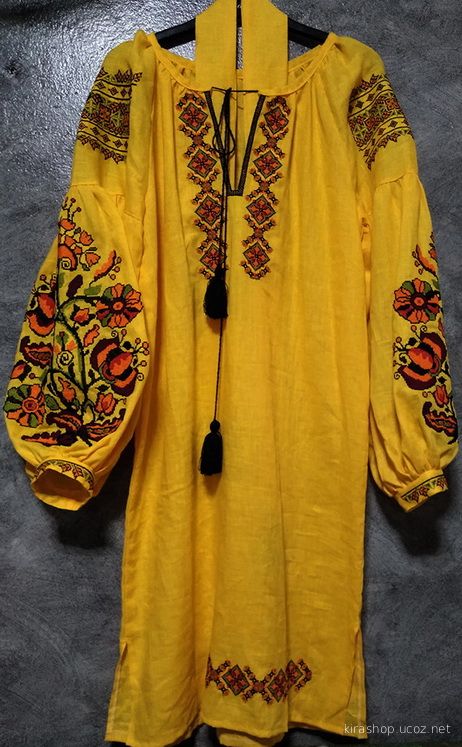
Heian Period.
Kyoto became the new imperial capital at the end of the eighth century, marking the beginning of the long and relatively peaceful Heian era (794-1185). Japan's previous periods of intensive cultural absorption from the Asian mainland was followed by the internal development and refinement of foreign ways combined with native sensibilities.
A costume history of this period cannot be based on extant garments, as extremely few examples have survived. Knowledge of Heian dress is largely derived from pictorial representations, wardrobe records, and two of the earliest novels in world literature-the Tale of Genji, by Lady Murasaki Shikibu, and the Pillow Book by Sei Shônagon.
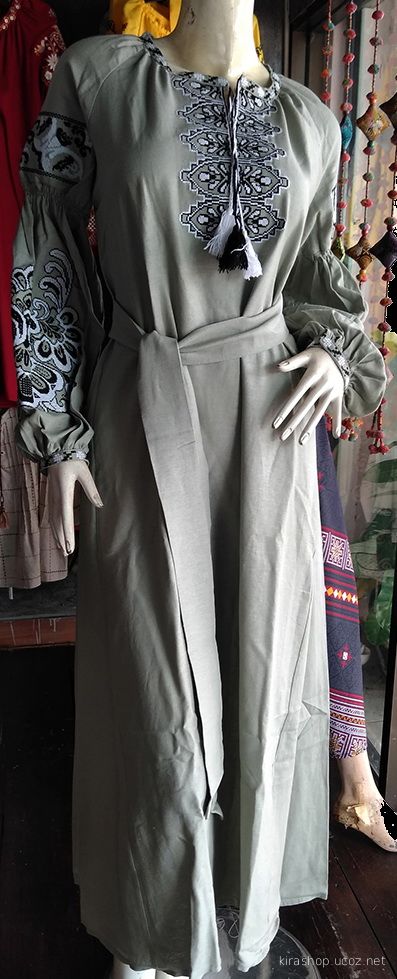 The novels describe the insular world of the imperial court and its daily life full of intrigue, poetry, wit, romance, and a remarkably refined way of dressing. Women wore layer upon layer of silk robes, with only the edges of individual robes being revealed at the sleeve ends, collar, and hem, and the outermost robe setting the overall tone for the color scheme.
The novels describe the insular world of the imperial court and its daily life full of intrigue, poetry, wit, romance, and a remarkably refined way of dressing. Women wore layer upon layer of silk robes, with only the edges of individual robes being revealed at the sleeve ends, collar, and hem, and the outermost robe setting the overall tone for the color scheme.
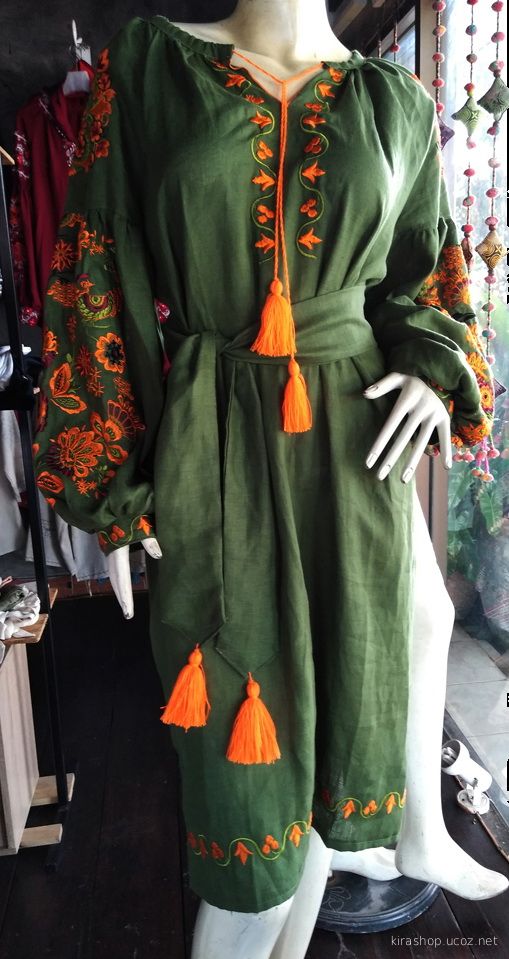
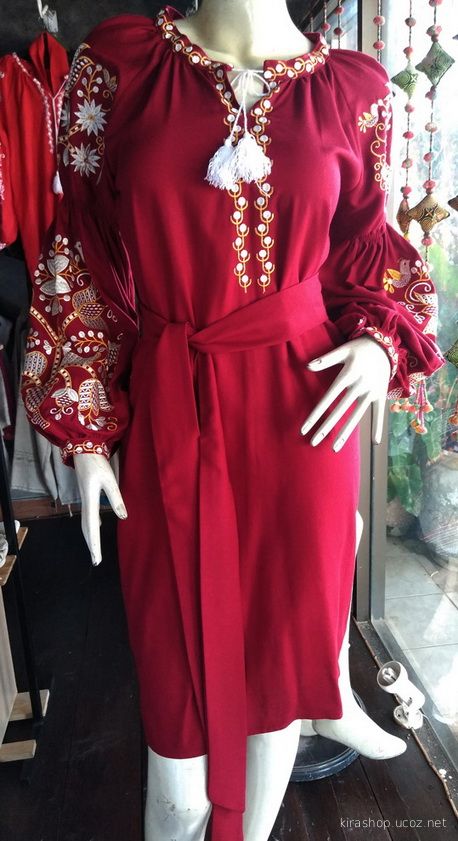 A woman's taste and sensitivity was displayed by her choice of color combinations in selecting the various robes for the ensemble in accordance with the season, an occasion, or a prevailing mood. Further articles of clothing, such as a jacket, skirt-like pants (hakama), and an apron worn at the back completed women's court dress.
A woman's taste and sensitivity was displayed by her choice of color combinations in selecting the various robes for the ensemble in accordance with the season, an occasion, or a prevailing mood. Further articles of clothing, such as a jacket, skirt-like pants (hakama), and an apron worn at the back completed women's court dress.
The robe, presumably worn closest to the body in this ensemble, is considered the precursor to the Edo period (1603-1868) kosode in terms of construction and shape. This innermost garment had an overall T-shape composed of square- or rectangular-shaped sleeves with narrow openings for the hands. These sleeves attached to long, straight lengths of cloth composing the body of the robe. A relatively wide, flat collar and lapels were sewn to the inner edges of the body panels at the front of the garment. This article of clothing conforms to the present-day kimono.
Male dress of the Heian period retained the narrow, round tunic-like collar reflecting the earlier period of influence from the Asian mainland, and men also wore a skirt-like trouser and an underrobe or two. Sleeve shape departed from previous mainland models in that a square or rectangular shape came to dominate, and a single sleeve could be as wide as the entire body of a garment. In the wearing of such a robe, the bottoms of the sleeves, which were unsewn at their extremities, could practically sweep the ground.
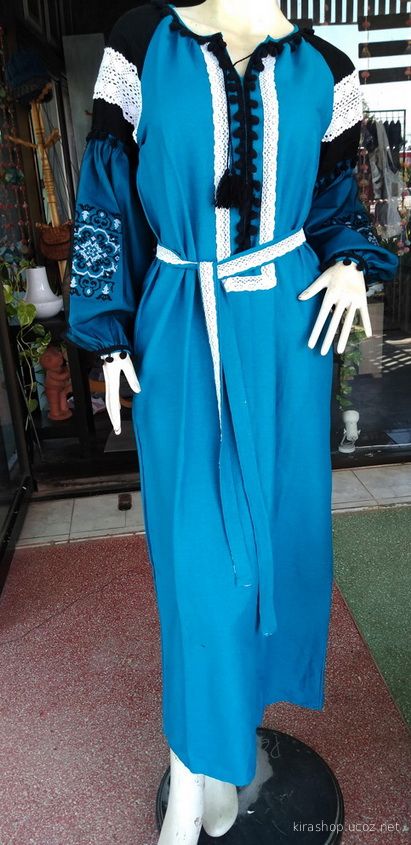 It is also during this period that family crests are thought to have first appeared on clothing. Some Heian costume types have persisted to the present day as seen in imperial court wear, religious dress, and costumes of the No theater.
It is also during this period that family crests are thought to have first appeared on clothing. Some Heian costume types have persisted to the present day as seen in imperial court wear, religious dress, and costumes of the No theater.
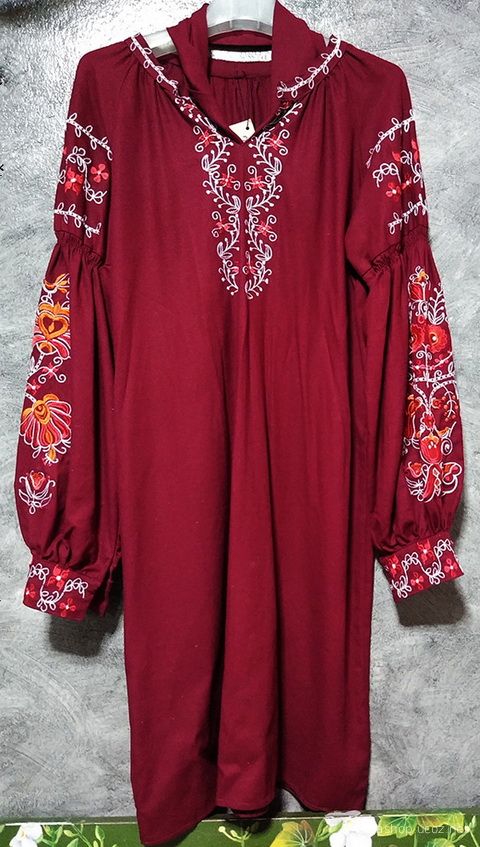
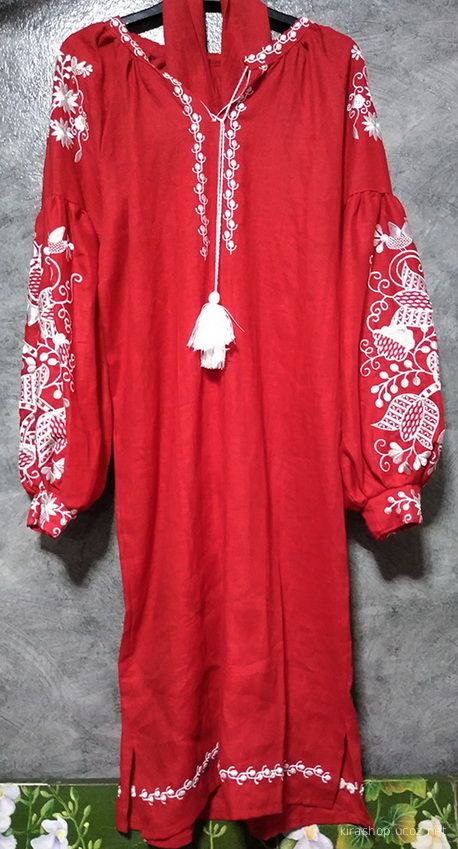 It is also during this period that family crests are thought to have first appeared on clothing. Some Heian costume types have persisted to the present day as seen in imperial court wear, religious dress, and costumes of the No theater.
It is also during this period that family crests are thought to have first appeared on clothing. Some Heian costume types have persisted to the present day as seen in imperial court wear, religious dress, and costumes of the No theater.
Japanese Traditional Dress and Adornment By Alan Kennedy
